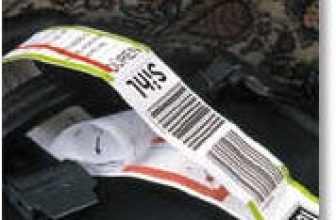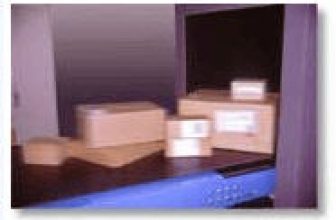
Combine iPhone and Bluetooth technology to quickly locate aviation baggage
[ad_1]
As a pharmaceutical industry consultant at RBD Consulting, Robert B. Davidheiser has often traveled around the world for many years. Every time he got off the plane, he had to huddle with other passengers waiting for the luggage to appear on the conveyor belt. It can be said that countless hours were wasted all these years. This situation changed two years ago. When he and his family had to search through thousands of similar-looking luggage after a flight, he had an idea: use active RFID tags to develop a set of luggage tracking applications .
“There is no manufacturer I have contacted that would sell labels independently,” Davidheiser explained, “They asked me to buy label software at the same time, the price is between $350,000-$750,000, plus a service fee.”
Therefore, Davidheiser chose to adopt technology that has already been purchased and used by customers. With the popularity of IPhone, he decided to write a software for this device, instead of using traditional active RFID tags, Davidheiser uses existing Bluetooth wireless speakers on the market as a transmitter to notify customers when their luggage comes out of the baggage handling system.
This application is called Baggage Claim and takes advantage of the unique ID code sent by each Bluetooth speaker-a 48-byte unique media access control (MAC) address. In order for two Bluetooth devices (such as an iPhone and a speaker) to communicate with each other, they must first be paired, so that the devices need to know each other’s MAC address. Davidheise software uses part of the ID code to identify the speaker.
In order to use Baggage Claim, the user must download the software to the IPhone, and then pair the IPhone with the Bluetooth speakers (up to four independent speakers). Before checking in his luggage at the airport, he put a speaker on each piece of luggage and adjusted the device to the standby power setting. When arriving at the destination and waiting for the luggage, the user opens the software and the IPhone starts to search for the selected speaker. When any speaker is detected, the IPhone changes from “standby” status to “baggage has appeared”, and the baggage logo on the screen moves into the animated carousel. The user then approaches the conveyor belt and locates the luggage.
The iPhone software can only work with Bluetooth 2.0 devices that comply with the Advanced Audio Distribution Model (A2DP) standard. The user must purchase it himself or use an existing speaker. Davidheiser has tested some Bluetooth V2.0 speakers made by different types and manufacturers. The company’s Baggage Claim website lists four speakers that work well with the software: LG HFB-500, Motorola 89242 EQ5 and T305, and Jabra SP700. Currently, the price of these speakers on Amazon’s website ranges from $28 to $99. The price of Baggage Claim iPhone software is $4.99.
The Bag Claim website lists speaker modules with a reading distance of approximately 40-75 feet. However, Davidheiser claims that some Bluetooth speakers can provide a longer reading range-250 feet. For some users, this distance may be too long, because the system will sound an alarm before the luggage arrives, and it is difficult for passengers to see the luggage immediately. However, some passengers like this long distance, because knowing that the luggage has arrived safely can give them peace of mind, and they can come slowly from a nearby coffee or restaurant.
According to Davidheiser, the iPhone software can be used with Bluetooth headsets or headsets, as long as they are V2.0 and comply with the A2DP standard. But many headphones are not A2DP standard. He said that some headphones have a short battery life and are not suitable for this application.
Davidheiser is now developing a new version of the software to more accurately locate luggage by taking advantage of the IPhone’s cellular network. The new version is expected to be available next year.
[ad_2]




